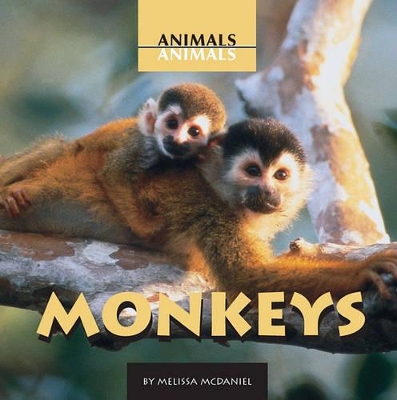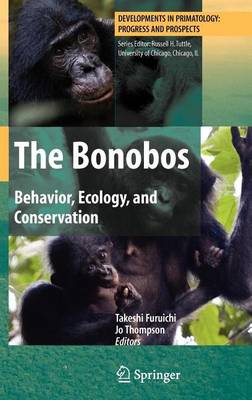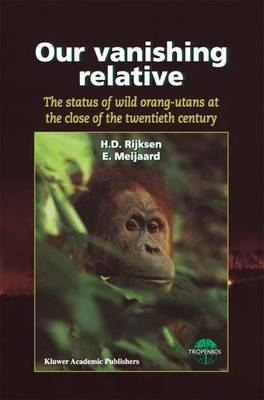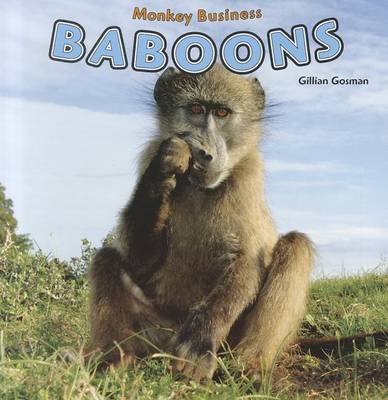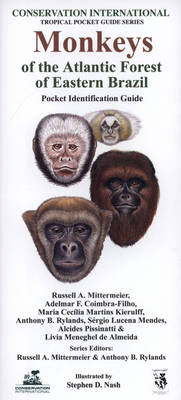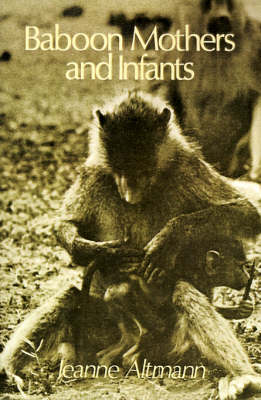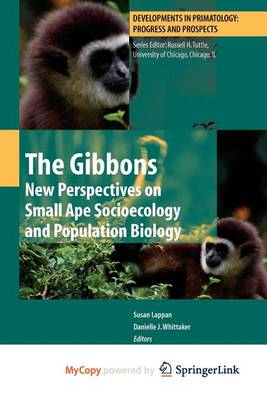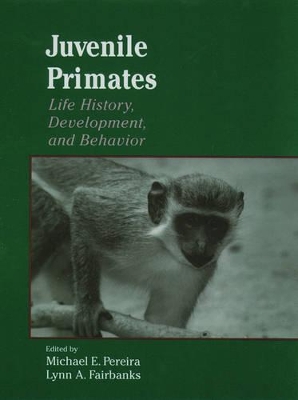Infectious Diseases in Primates (Oxford Series in Ecology and Evolution)
by Charles Nunn and Sonia Altizer
An advanced textbook suitable for graduate level students as well as professional researchers in the fields of behavioural ecology, primatology, conservation biology, biological anthropology, public health and wildlife epidemiology.
Gorillas (Amazing Animals (Gareth Stevens)) (Amazing Animals)
by Stephan Brewer
Since 1971 Birute Galdikas has lived and worked in the forests of Borneo, documenting the lives of the orangutans. This text describes her groundbreaking scientific and conservation work that has been recorded in more than a dozen television documentaries. This book presents close-up portraits of mothers with their young, adolescents, combat between males, birth and death. It reveals how the traits we think of as quintessentially human are shared with our pongid relatives. It describes how Galdi...
Self-Awareness in Animals and Humans
Self-Awareness in Animals and Humans, a collection of original articles on self-awareness in monkeys, apes, humans, and other species, focuses on controversies about how to measure self-awareness, which species are capable of self-awareness and which are not, and why. Several chapters focus on the controversial question of whether gorillas, like other great apes and human infants, are capable of mirror self-recognition (MSR) or whether they are anomalously unable to do so. Other chapters focus o...
Colobine Monkeys
Colobine monkeys have a unique digestive system, analogous to that of ruminants, which allows them to exploit foliage as a food source. This gives them a niche in Old World forests where they are often the only abundant medium-sized arboreal folivorous mammal. From a possible Miocene origin, Colobine monkeys have radiated into a wide variety of forms inhabiting a range of tropical woodlands in Africa and Asia. Most of the extant species have been subject to long term field studies, but until thi...
The Bonobos: Behavior, Ecology, and Conservation (Developments in Primatology: Progress and Prospects)
by Takeshi Furuichi
In the 1960s, it was believed that no more than about 4,000 orang-utans remained in the wild. Consequently, IUCN - The World Conservation Union - declared the ape an endangered species, demanding its world-wide protection. Nevertheless, the orang-utan today faces extinction because it is dependent on a rain-forest habitat that is rapidly being demolished due to human greed, and a growing human population. Rijksen was among the first to make a detailed study of the ape in the wild, emer...
Mind and Brain
Researchers in both the brain and the cognitive sciences are attempting to understand the mind. They should be natural allies, but neuroscientists and cognitive psychologists tend to work in isolation. Brain and Mind represents a pioneering attempt to bring them together. The editors' objective was to force scientists who are working on the same problem but from different perspectives to address each other. Through a series of written dialogues on four topics - attention, perception, memory, and...
Monkeys of the Atlantic Forest of Eastern Brazil (Conservation International Pocket Guide)
by R. A. Mittermeier, A.F. Coimbra-Filho, and M.C.M. Kierulff
This laminated pocket guide with over 35 illustrations to identify species and individual maps for locating them is the tool to have on hand. In addition, you can use the checklist to note the location and date of the species you find. And it truly fits in your pocket.
Describes the day-to-day lives of chimpanzees in the wild, looks at how they find food, communicate, and raise their young, and offers a glimpse at their complex society.
For years Jeanne Altmann has set methodological standards for primate field-workers. In Baboon Mothers and Infants she applies her uniquely sophisticated techniques to the mother-infant relationship, its demography and ecology within the natural setting.
It is a great honor to be asked to introduce this exciting new volume, having been heavily involved in the first comprehensive synthesis in the early 1980s. Gibbons are the most enthralling of primates. On the one hand, they are the most appealing animals, with their upright posture and body shape, facial markings, dramatic arm-swinging locomotion and suspensory postures, and devastating duets; on the other hand, the small apes are the most diverse, hence biologically valuable and informative, o...
As our closest primate relatives, chimpanzees offer tantalizing clues about the behavior of early human ancestors. This book provides a rich and detailed portrait of chimpanzee social life in the wild, synthesizing hundreds of thousands of hours of research at seven long-term field sites. Why are the social lives of males and females so different? Why do groups of males sometimes seek out and kill neighboring individuals? Do chimpanzees cooperate when they hunt monkeys? Is their vocal behaviour...
Sexual Selection and Reproductive Competition in Primates (Special Topics in Primatology, #3)
Juvenile Primates
This volume brings together an outstanding group of scientists studying the behavioural development of primates between weaning and adulthood. The book begins by examining the nature of the juvenile period across the animal kingdom, continues with presentation of new data on the behaviour and social relationships of juvenile primates across a broad range of species, and concludes with applications of concepts in socioecology to research on children. The result is a landmark in primate studies, o...
The story of a boy who runs away from an orphanage in England and becomes involved with a gang of thieves.
Lemurs of Madagascar: Diurnal and Cathemeral Lemurs (Conservation International Tropical Pocket Guide)
This laminated pocket guide with illustrations to identify 116 species and individual maps for locating them is the tool to have on hand. In addition, you can use the checklist to note the location and date of the species you find. And it truly fits in your pocket!



